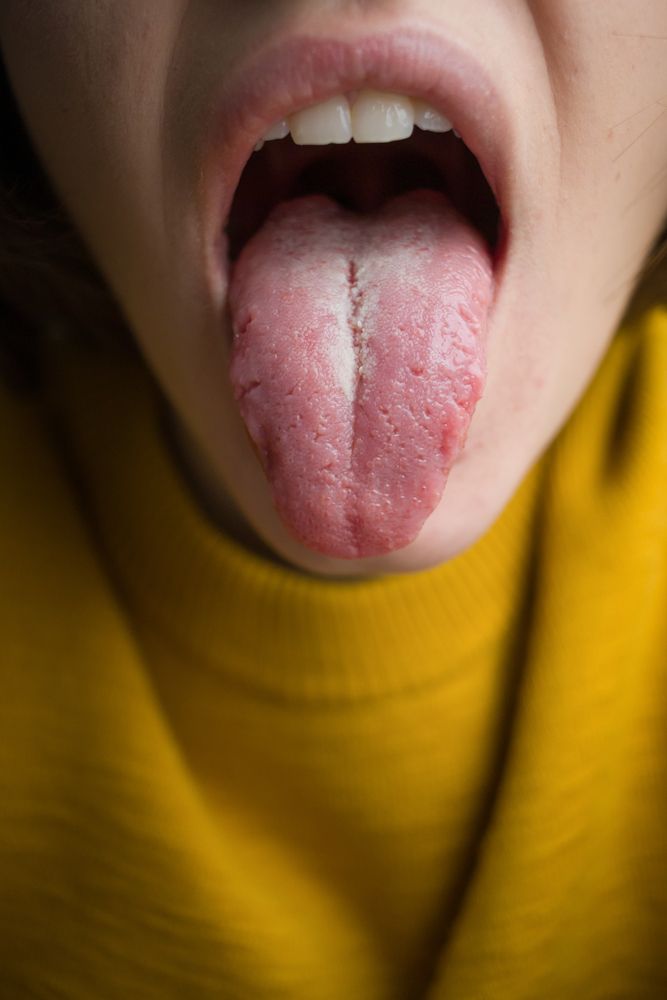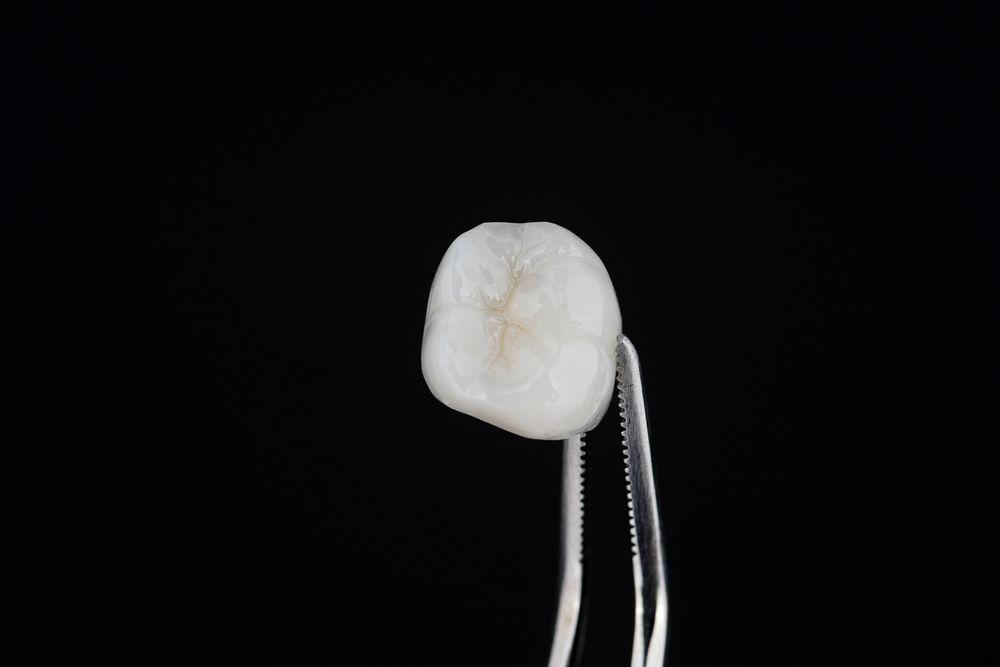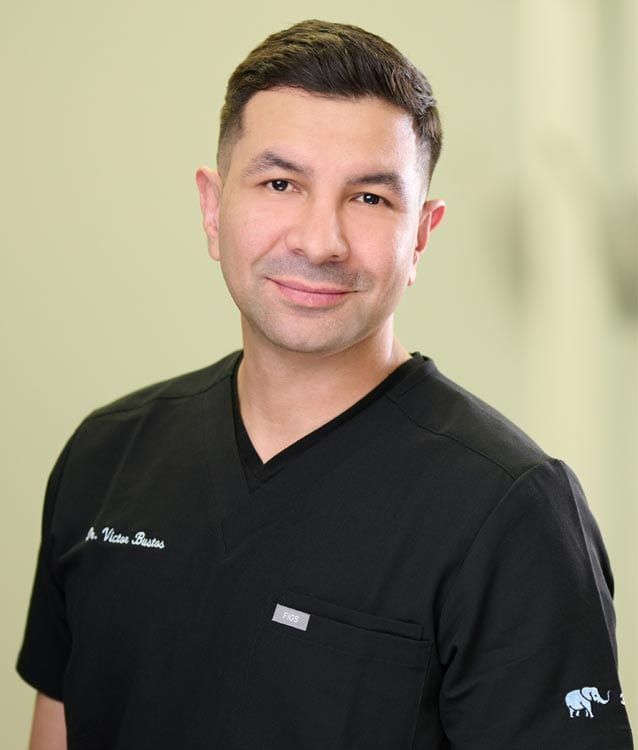Like every area of technology, dental treatments continue to advance over time. Treatments change as new technologies are developed and professionals better understand oral health concerns. The last 60 years have seen the growth and development of unprecedented advances in dental health. We’ll do a retrospective exploring how dental care has changed in the last six decades and maybe take a glimpse at the road ahead.
Exploring The Last 60 Years of Dental Care Advancement
Our journey starts in the 1960s when most dental care was focused on treatment. The underlying concepts of preventative care were still in development, but the industry had introduced a few to the standards of care. Preventative care at the time consisted of receiving an exam every six months, fluoride treatments, and changes in diet. Operative dentistry was a standard of treatment at this time, and dental education was limited to 4-year degrees from many universities. Periodontic, and pediatric dentistry were in their infancy, and cosmetic dentistry as a field did not exist.
- 70’s – Cosmetic dentistry finally started to come into their own during this decade. Dental benefits plans were beginning to become a standard of insurance provided by employers, but prices were still being determined. Steady advances in these fields continued to be made, and a greater range of specialties became available.
- 80’s – Amalgams had been the standard of dental restoration decades before. However, patients were beginning to raise demands for receiving tooth-colored restorations. They wanted to restore their smile in a way that didn’t leave a permanent indicator of previous decay or injury. This saw the rise of composite resins as the preferred form of therapeutic treatment. While the material used at the time needed to be replaced every 5-10 years, it was still a popular choice. Those seeking longer-term restorations had to rely on metal fillings.
- 90’s – Dentistry saw something of a revolution during this time. Wages for dental assistants started to go up, and certification requirements for certain types of care were becoming common. Dental providers also began to provide a greater scope of care. Sleep apnea, partial dentures, ceramic restorations, and oral cancer detection became essential components of receiving dental care.
- 2000s – Changes in dental care were driven by social change happening worldwide and within the industry itself. Women and minorities are playing a more significant role as providers and specialists. This decade also significantly shifted from treatment-based dentistry to preventative care. This shift led to the development of a broader range of treatments. This trend continued through the first two decades of 2000 and is still the driving force behind today’s dentistry.
What The Future Of Dentistry Looks Like From Here
Over 50% of all dental students in the 2020’s are women, a significant shift over the 70% male-dominated demographic of the 1960s. 25% of all dentists in practice today are specialists, with 50% being part of corporate or group dental offices rather than private practice. This appears to be establishing the stage for what we can expect in decades.






